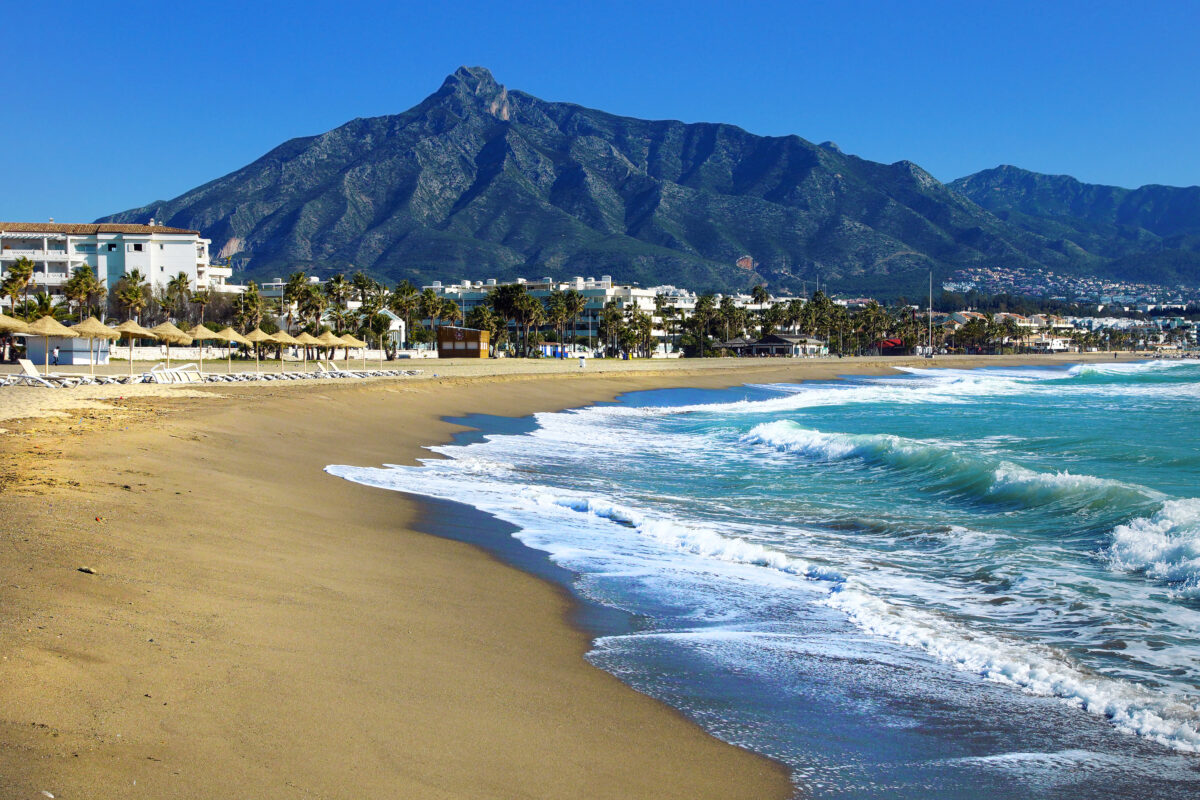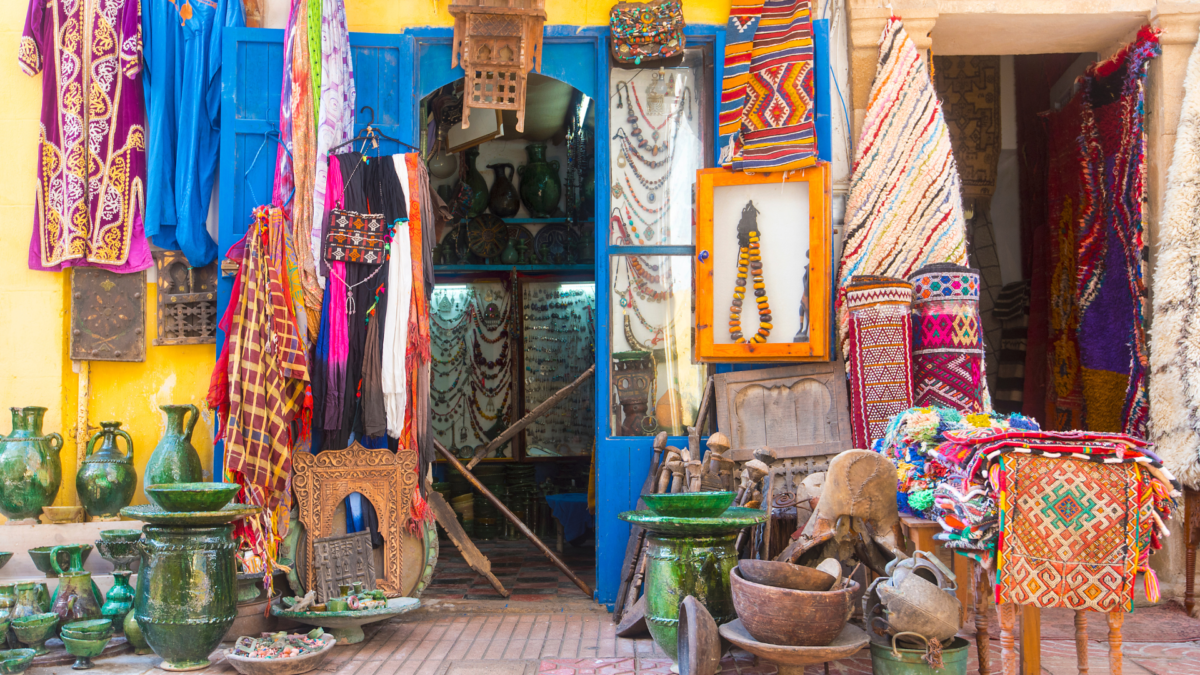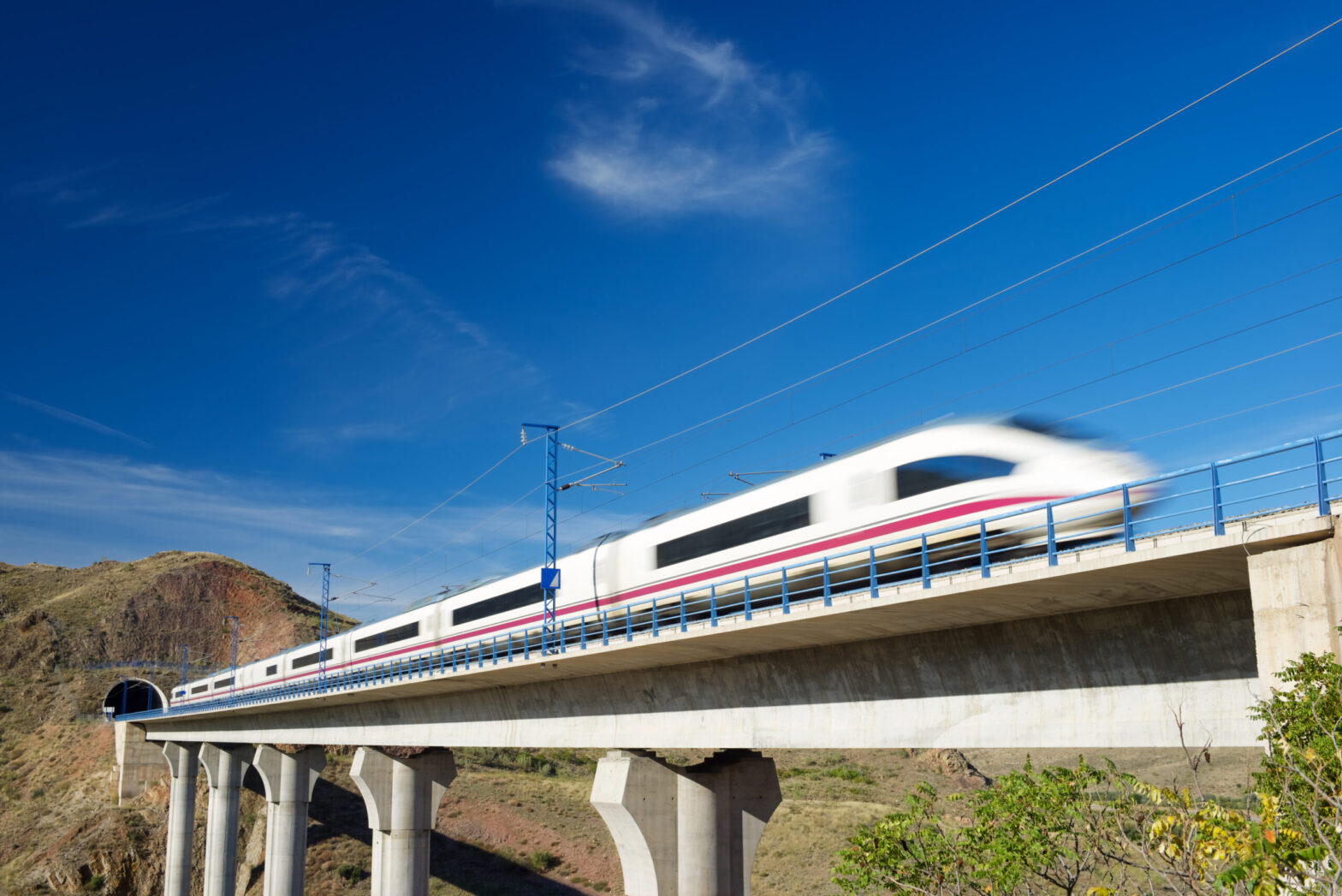A feasibility study is underway for a project to build an underwater link between Europe and Africa, specifically Spain and Morocco via the Strait of Gibraltar. This link, important for tourism and the economy, has been talked about for years.
Spanish-Moroccan cooperation
The study has an initial budget of €2.3 million. These funds should be sufficient to prepare an initial concept for the link and to determine the exact location of the tunnel. There are also plans to carry out initial geological surveys and an analysis of economic and social conditions, which will help to verify that the investment is justified and will meet the interest of businesses and residents in both countries – although this aspect seems obvious.
Previously, the undersea tunnel project was suspended in 2009 at the height of the economic crisis. The improved economic situation in Spain and the European Union motivated the authorities in Madrid to return to the idea of building a link to Africa. It is worth noting that the idea of creating such a corridor from Morocco to Spain was already being explored in the 20th century. The first talks between the countries were held from the 1970s onwards.

Morocco is developing its rail infrastructure
According to experts, the fact that Morocco launched its high-speed rail line in 2018 was of great importance in accelerating the investment. The new Al Boraq line runs from Casablanca via Rabat to Tangier, which is already over the Strait of Gibraltar. The country’s authorities indicate that the aim is to connect to the continent – not only to Spain, but also to France, where many Moroccan citizens live and work. At the same time, Paris is one of the key business partners for the North African country.
The Spanish transport minister, who initiated the study in 2023, indicated that the funding for the study was to come from Spain’s National Reconstruction Plan. Preliminary analysis by the Spanish government administration suggests that the tunnel could be built in the western part of the Strait of Gibraltar. At this point, it is approximately 27 kilometres wide. Interestingly, at its narrowest point, the isthmus between Spain and Morocco is only 14 kilometres wide. However, it will be difficult to realise the investment here due to the high mountains on land – in Europe and Africa.
The original plan was for the development to involve a train-only tunnel. It would operate on a similar basis to the Channel Tunnel. It is estimated that it would be 42 km long, of which 38.7 km would run under water. On the European side, trains would enter the tunnel at the Punta Paloma terminal in Tarifa and exit in Africa at Punta Malabata in the Gulf of Tangier.

Complicated investment
Experts estimate that it is possible to build a tunnel that would be at a maximum depth of 300 metres. The project would consist of three pipes: two for the passage of trains (7.9 metres in diameter) and a service pipe (6 metres in diameter). What makes the project extremely challenging remains not only the depth and the strong currents and tides. Geology and the fact that the project would be located in a seismic area are key. The challenge is the so-called Azores-Gibraltar geological fault.
The need for investment is evidenced by the ever-increasing freight traffic between Morocco and Europe. Today, transport and logistics use the land route and ferries travelling through the Strait of Gibraltar or ro-ro ships. In contrast, the journey by air between Madrid and Casablanca takes about two hours, while the journey by car and then by ferry is about 12 hours.
If this route were to be covered by train – travelling at speeds of up to 300 km/h – the journey would be reduced to around six hours. The construction of a tunnel under the Mediterranean would facilitate the movement of the 12.8 million passengers who travel this route each year.

